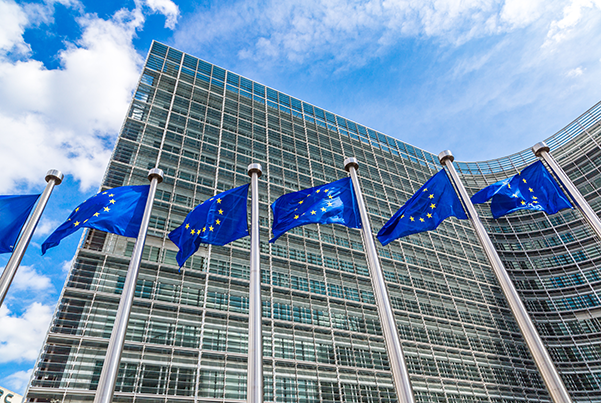Recommended

Blog Post
Already constrained by the economic aftershocks of COVID-19, the impact of the war in Ukraine, and the food and climate crisis, low-income countries and lower-middle-income countries now face a combination of soaring debt and high interest rates. Confronted with insufficient liquidity to respond to these challenges and unable to access capital markets, they need additional concessional finance, in the form of grants and soft loans. The European Union (EU) already provides concessional finance, but it is not nearly enough to respond to their growing needs. With European budgets under more strain than ever, this paper puts forward the case for finding ways to maximise the overall efficiency and impact of European concessional finance and in doing so, better articulating and combining grants and concessional loans in its support and investment toolbox. To remain relevant and maintain relationships and influence with partner countries–even more in a world characterised by the polycrisis and geopolitical fragmentation–the EU will have to step up its game when it comes to providing more strategic concessional finance. The paper sets out six complementary and non-mutually exclusive options for maximising EU concessional finance with a view to a strategic set of decisions to be made for the next EU Multiannual Financial Framework.
From the paper:
This paper aims to provide a better understanding of EU concessional finance and how it could be optimised to respond to the urgent needs of emerging market and developing economies (EMDEs), especially low-income countries (LICs) and lower-middle-income countries (LMICs).
Financing needs for urgent development priorities are huge and continue to grow, especially for low-income and highly indebted countries. Recent estimates find that EMDEs, excluding China, will need to invest an additional USD 3 trillion (10 percent of their gross domestic product) per year by 2030 compared to pre-pandemic (2019) levels to get on track to low-carbon, equitable, resilient, and rapid economic growth. With their fiscal space constrained by the economic aftershocks of the COVID-19 pandemic, the impact of the war in Ukraine, and the food and climate crisis, EMDEs now face a combination of soaring debt, rising interest rates, and inflationary pressures, limiting access to and/or increasing the cost of finance. They cannot address this financing gap alone. External funding from developed country governments will be key, particularly on concessional (below-market or “soft”) terms.
The vast majority of concessional finance needs are in LICs and LMICs, particularly in social sectors, including health and education. It is estimated that LICs and LMICs should annually invest an additional USD 2 trillion by 2030, of which around half would be needed for social sectors. The external financing gap for upper-middle-income countries (UMICs) is estimated at USD 950 billion. Domestic finances in UMICs tend to be stronger and they can also absorb proportionately more of their lower public external gap on market-based or “hard” loan terms. For the same two reasons—their greater domestic fiscal space and better access to financial markets—more advanced developing economies are also less likely to be “nudged” into major policy reforms by relatively modest amounts of additional external funding, even on improved terms.
The augmented risk of debt distress in a volatile global environment (hit by multiple energy, supply chain, and interest rate shocks) increases the need for grants—or at least loans with a high grant element—particularly for LICs, countries transitioning from LIC to LMIC status, and fragile LMICs. At the same time, there are other LMICs and UMICs that have a much greater capacity to take on additional debt if that can be sourced at affordable, sufficiently concessional rates. For example, with a moderate share of government debt to gross domestic product (GDP) of 71 percent in 2022 and the ability to borrow from international capital markets, Morocco could benefit from additional concessional loans to finance strategic investments.
With European budgets under more strain than ever, this paper makes the case for finding ways to maximise the overall efficiency and impact of European concessional finance and in doing so, better articulating and combining grants and concessional loans in its support and investment toolbox. We are particularly interested in how the EU could make more strategic use of the toolkit of policy-based finance, be it general budget support or sectoral policy-based support, including “results-based” finance, which can leverage external assistance well beyond the impact achievable by any series of standalone projects, especially for sectors which are not typically cash generating for public investors, like public education and health.
We set out six complementary and non-mutually exclusive options for maximising EU concessional finance. While we recognise that this may not be the moment to enact change in the short term, our objective is to set the scene for a strategic set of decisions to be made for the next EU Multiannual Financial Framework. In doing so, we assume a constant EU budget for external action in real terms. Therefore, the overall impact of the chosen options should be roughly cost neutral.
Read the full paper here.
Rights & Permissions
You may use and disseminate CGD’s publications under these conditions.
Image credit for social media/web: Adobe Stock






